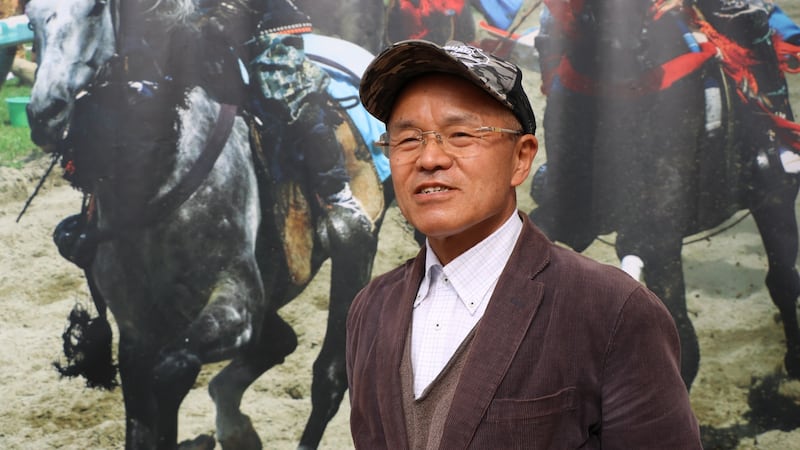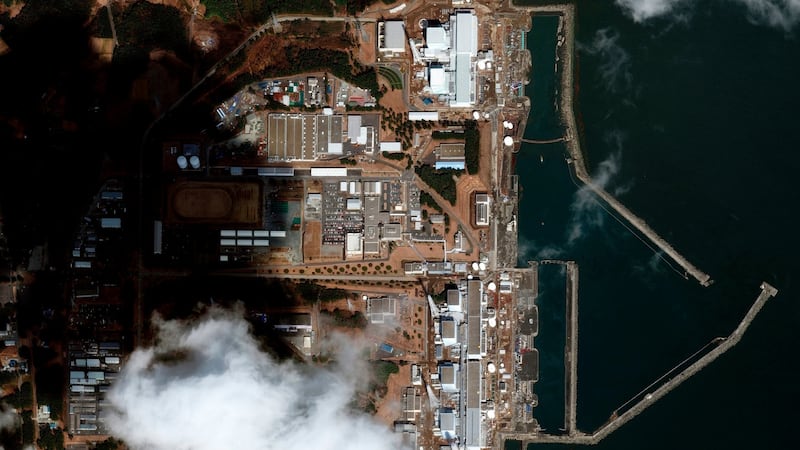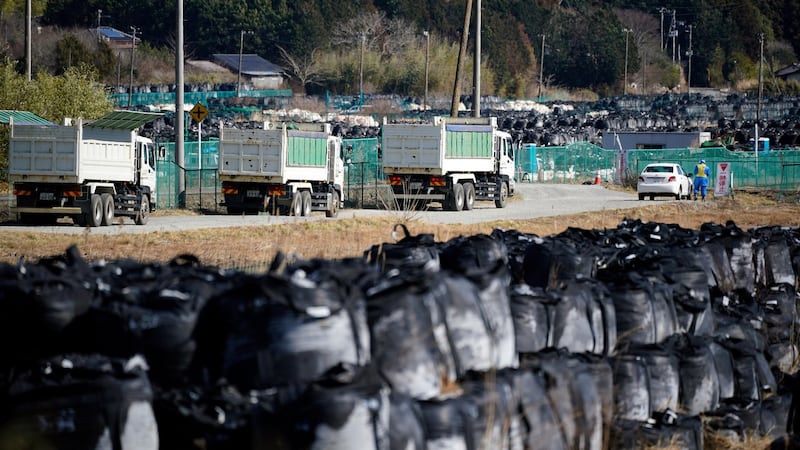Ten years ago, Katsunobu Sakurai began another working day as mayor of Minamisoma, a small coastal city with roughly the same population as Galway. By evening, 400 of his constituents would be dead, 1,100 missing and large areas of the ancient city, squeezed between the Pacific and the majestic Abukuma mountains, would be in ruins.
Shortly after a huge quake shook Japan’s eastern coast at 2.46pm on March 11th, 2011, a tsunami warning rang out across the city. From the roof of his office building, Sakurai watched the coast as a vast cloud of dust rose high up in the air. “Is that a fire?” he wondered aloud. “No,” he was told. “that’s the tsunami hitting the shoreline.”
“I realised that people were being drowned as I watched,” he recalls.

The city's agony was just beginning. Some 25km south, the tsunami flooded the back-up generators at the Fukushima Daiichi Nuclear Power Plant, disabling its cooling system and causing three of its six reactor cores to melt down. A series of explosions sent radioactivity across the prefecture, a bucolic patchwork of rice fields, and forests and snowy peaks. Most of Minamisoma's residents fled.
Sakurai will join memorials across the country on Thursday to mark the 10th anniversary of the 2011 disaster, which left more than 18,000 people dead or missing. Though none of these casualties has been attributed to the nuclear accident, his city lives with its legacy: nearly 18,000 residents have yet to return. “It is hard for us to forgive the people who brought this plant to our furosato [home town] and poisoned it,” he says.
Doomed by the weather
In the chaotic evacuation order imposed after the explosions, several thousand people died, mostly the elderly. Of the 165,000 people who fled Fukushima in the ensuing weeks, nearly 37,000 are still unable to return. Some areas are still contaminated with radiation above 50 millisieverts (mSv) per year (the typical limit for workers in nuclear plants is 20 mSv).

The worst affected areas were doomed by a quirk of the weather. Wind carried most radioactive particles out to sea but some fell in rain and snow on Iitate Village, 45km away. A centre of organic farming once voted one of Japan’s most beautiful regions, Iitate’s fields today are bald, shorn of vegetation in a Promethean attempt to remove the radiation. Tractors sit idle in the fields.
The evacuation order for the town of Namie, down the coast from Minamisoma, was lifted in March 2017 but just 1,200 of its 21,000 residents are back, mostly the elderly. Eighty per cent of Namie is still off-limits, says its deputy mayor, Hironori Kobayashi.
“We are slowly returning to life,” he says, pointing to a new shopping centre and a local factory that makes car batteries. “But we lost six years. We had to start nearly from zero.”
More than $50 billion has been spent decontaminating towns like Namie, helping to slash radiation, but the clean-up extends to only 20 metres around each house. In some areas residents have taken lump-sum compensation and moved away to build lives elsewhere. Before the accident, most of the towns were losing people anyway as its young folk left for the cities. “The disaster accelerated it,” says Sakurai, who says about half of Minamisoma’s residents are over 65.

Return of nuclear power
Solar farms dot Fukushima, evidence of a shift in Japan’s power mix. Solar generation capacity today is 10 times higher than in 2011. Renewable energy briefly topped 23 per cent of Japan’s total energy mix in the first half of 2020, close to a government target of a quarter of total electricity by 2030, amid a fall in overall energy consumption caused by the pandemic.
Yet, with most of the country's 33 functioning reactors offline, Japan is back to being heavily dependent on reliable old fossil fuels. There are plans to build more than a dozen new coal-fired power plants. The government's 2018 basic energy policy still leaves fossil fuels contributing 56 per cent of Japan's total power by 2030.

Nuclear operators believe concerns about global warming have given the industry a shot in the arm. China is scheduled to build a slew of new reactors in the next five years. Construction of three nuclear plants in Japan is suspended but Tokyo Electric Power Company (Tepco), operator of the Daiichi plant, says it is incorporating post-Fukushima knowhow into its blueprints, "including earthquake and tsunami countermeasures".
While the world debates new technological solutions to energy and climate change, the people of Minamisoma and other towns around Fukushima must live with the failure of older technology, laments Sakurai. Tepco wants to begin dumping Tridium-laced water in the Pacific, making room for the fuel, debris, discarded equipment and sludge inside the plant – but that is politically contentious. There is as yet no plan to dispose of this waste, another daunting engineering task.
The government estimates the final price tag for Fukushima’s decommissioning at 8 trillion yen (€62 billion), but that excludes compensation, decontamination of the surrounding countryside and a host of other as-yet unforeseen costs. The Japan Center for Economic Research, a think tank, calculates the final clean-up cost at up to 80 trillion yen (€618 billion).
"Our town was nearly made extinct by this accident," says Sakurai. "But we are still here." Now again a small farmer – he lost the mayoral election three years ago – he says he often turns for inspiration to his favourite writer, local poet Kenji Miyazawa, who penned Strong in the Rain.
Strong in the wind, Strong against the summer heat and snow
He is healthy and robust,Unselfish He never loses his temper,
Nor the quiet smile on his lips.












